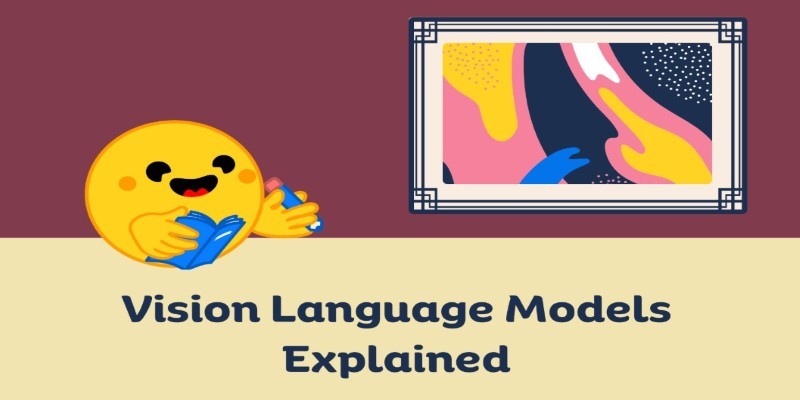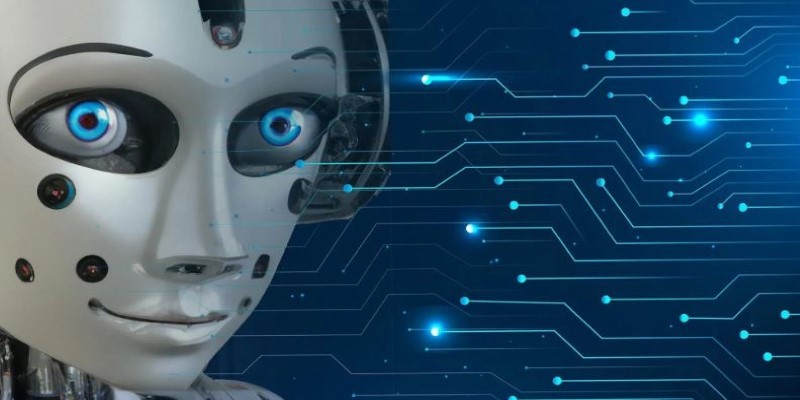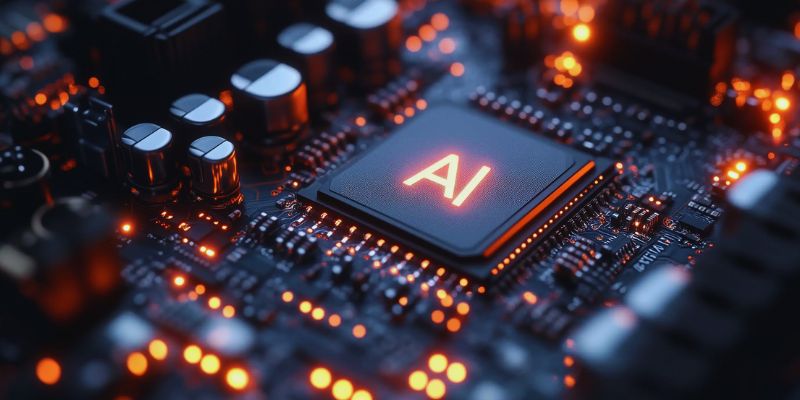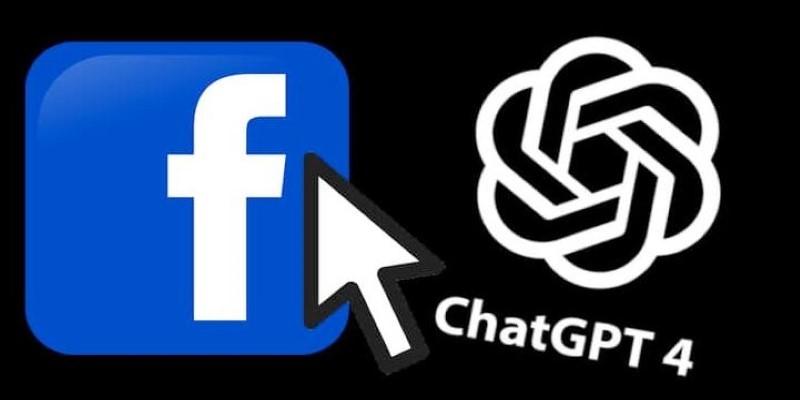Advertisement
Okay… so you’ve been hearing the term “GNN” floating around. Maybe in a tech newsletter you skimmed, maybe during a random YouTube binge on AI topics, or maybe someone at work (probably the one who always has a second monitor just for their Slack) dropped it in conversation and you nodded along like “oh yeah… GNNs… totally get that.”
But now you’re here. You want the actual explanation. ust a clear, real-world breakdown of what Graph Neural Networks are, what they’re used for, and why folks in tech seem to care so much about them lately. Let’s break it all down.
Before we even get into the neural network part, we’ve got to understand the “graph” part. And no, we’re not talking about bar graphs or pie charts (those are charts… not graphs… yes, the terminology gets messy).
A graph, in the computer science sense, is just a bunch of dots (called nodes or vertices) connected by lines (called edges). That’s it.

Think: a map of your city where places (like stores, cafes, homes) are nodes, and the roads connecting them are the edges. Or a social network—people are the nodes, and their friendships or follows are the edges. Still with us? Good.
Okay, now neural networks.
If you've ever looked into how machines learn stuff—like recognizing cats in photos or predicting what ad you'll click next—there’s a good chance it involved a neural network.
Neural networks are basically layers of little decision-making units (aka neurons) stacked together. You give them data, and they learn patterns. The more data you give, the more complex the patterns they can figure out.
Traditional neural networks? They’re usually designed for grid-like data. Think spreadsheets (tabular data), images (pixels in a grid), or audio (sequences over time). They're kind of expecting everything to be neat and orderly.
But the world… is messy. Especially when it comes to relationships between things. That’s where graphs—and GNNs—step in.
Let’s put it together now.
A Graph Neural Network (GNN) is a type of neural network that works on graphs.
It’s built to handle that irregular, relationship-heavy data, like social networks, recommendation systems, road maps, chemical structures, fraud detection patterns… basically, any data that’s more about how things are connected than just what they are.
What makes GNNs cool (and powerful) is that they learn not just from the data in each node, but also from the structure of the graph itself. They learn from neighbors. From connections. From who’s linked to what.
So instead of saying “hey, this is a photo, let’s figure out what’s in it,” a GNN says “hey, this is a network of stuff, let’s figure out what’s happening based on how things are connected.”
Alright. Why are people even using GNNs in the first place?
Let’s go over a few actually-interesting ones:

Let’s talk mechanics for a second. The big idea is this: Each node in the graph updates its knowledge by “talking” to its neighbors. (“Hey buddy, what do you know? Cool, I’ll adjust my view based on yours.”)
This process is called message passing. And it usually happens in steps or layers.
Eventually, each node has a sort of "understanding" of its place in the larger graph. And that’s what you can use to make predictions—like what category a node belongs to, or how likely two nodes are to connect, or what the overall graph’s behavior might be.
There’s not just one GNN model. Depending on what you're doing, you might come across terms like:
As great as they sound, GNNs aren’t perfect. Shocking, we know.
Here’s the stuff that’s still being worked on:
Let’s be real—unless you’re working in AI, data science, or some kind of technical product space, you probably won’t be building GNNs from scratch.
But if you’re curious about where AI is going (or just want to impress that one “data guy” at work), understanding what GNNs do—and why they’re useful—is a solid flex.
And who knows? Maybe you’ll end up in a role where being GNN-aware gives you an edge.
And, that’s the rundown.
Hopefully, we made Graph Neural Networks a little less intimidating and a lot more understandable. If you’ve made it this far, now you officially know more about GNNs than like… 97% of people on the internet (not even joking).
Advertisement

Discover the top AI search engines redefining how we find real-time answers in 2025. These tools offer smarter, faster, and more intuitive search experiences for every kind of user

Vision Language Models connect image recognition with natural language, enabling machines to describe scenes, answer image-based questions, and interact more naturally with humans

Explore 8 clear reasons why content writers can't rely on AI chatbots for original, accurate, and engaging work. Learn where AI writing tools fall short and why the human touch still matters

How to print without newline in Python using nine practical methods. This guide shows how to keep output on the same line with simple, clear code examples

How to manage user input in Python programming effectively with ten practical methods, including input validation, error handling, and user-friendly prompts

Use ChatGPT from the Ubuntu terminal with ShellGPT for seamless AI interaction in your command-line workflow. Learn how to install, configure, and use it effectively

Explore the latest Twitter scam tactics, Meta Verified’s paid features, and how ChatGPT-4 is reshaping how we use AI tools in everyday life

Intel and Nvidia’s latest SoCs boost AI workstation performance with faster processing, energy efficiency, and improved support

What is HuggingChat and how does it differ from ChatGPT? Discover how this open-source AI chatbot offers a transparent, customizable experience for developers and researchers

A fake ChatGPT Chrome extension has been caught stealing Facebook logins, targeting ad accounts and spreading fast through unsuspecting users. Learn how the scam worked and how to protect yourself from Facebook login theft

Learn how business leaders can measure generative AI ROI to ensure smart investments and real business growth.

How to fine-tuning small models with LLM insights for better speed, accuracy, and lower costs. Learn from CFM’s real-world case study in AI optimization